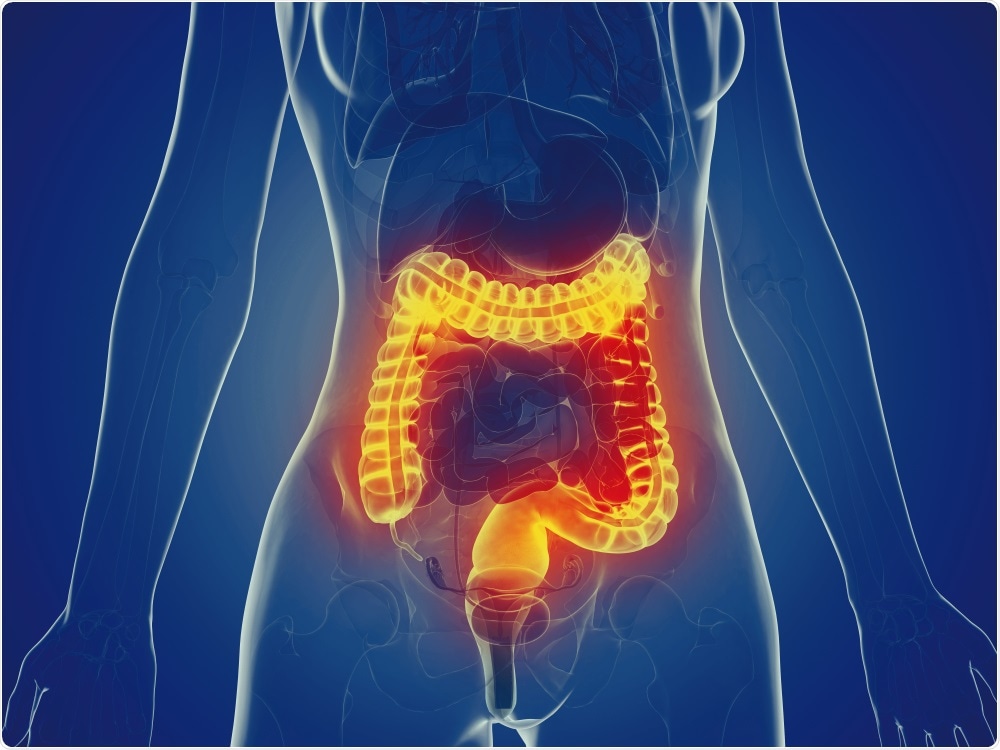The results obtained are very encouraging and the researchers hope to be able to make headway in a multifunctional cell therapy system to treat inflammatory bowel disease. In fact, they have already commenced studies on ulcerative colitis in animal models.

Image Credit: SciePro/Shutterstock.com
Perhaps the best known side is the use of stem cells in regenerative therapies, since we have all heard for example about the use of chondrocytes in cartilage regeneration or cardiomyocytes to repair a heart following myocardial infarction.
However, our research group is working on evaluating the therapeutic action of stem cells by means of their paracrine effects, in other words, mediated by a set of growth factors and cytokines released by the cells."
Rosa Hernández, Professor of the Faculty of Pharmacy, CIBER-BBN
In a whole host of disorders with an inflammatory component, such as ulcerative colitis or Crohn's disease, a possible beneficial effect following delivery of stem cells has been seen. On the basis of this, this group of researchers, led by Dr Rosa Hernández and Dr Manoli Igartua, embarked on a highly ambitious project three years ago to try and develop systems designed to address the problems arising in clinical trials conducted with these stem cells.
In fact, even though the potential of stem cells to treat these inflammatory disorders became clear in these trials, problems, such as the rapid elimination of cells from the body, the possible development of tumours or their reduced capability in releasing therapeutic substances were also detected, so new technological solutions had to be sought.
This group of UPV/EHU researchers, whose leading members are Ainhoa Gonzalez-Pujana and Dr Edorta Santos-Vizcaíno, successfully designed and tested a multifunctional system recently in collaboration with Harvard University in Cambridge (USA), specifically with the group led by Dr David J. Mooney.
Besides stem cells, the system incorporates other elements, such as biomaterials and microparticles that release interferon. That way, the activation of the cells can be prolonged so that they constantly release key cytokines and growth factors to treat these disorders; in addition, the persistence of the cells in the body and the biosafety of the therapy can be improved,"
Dr Hernández